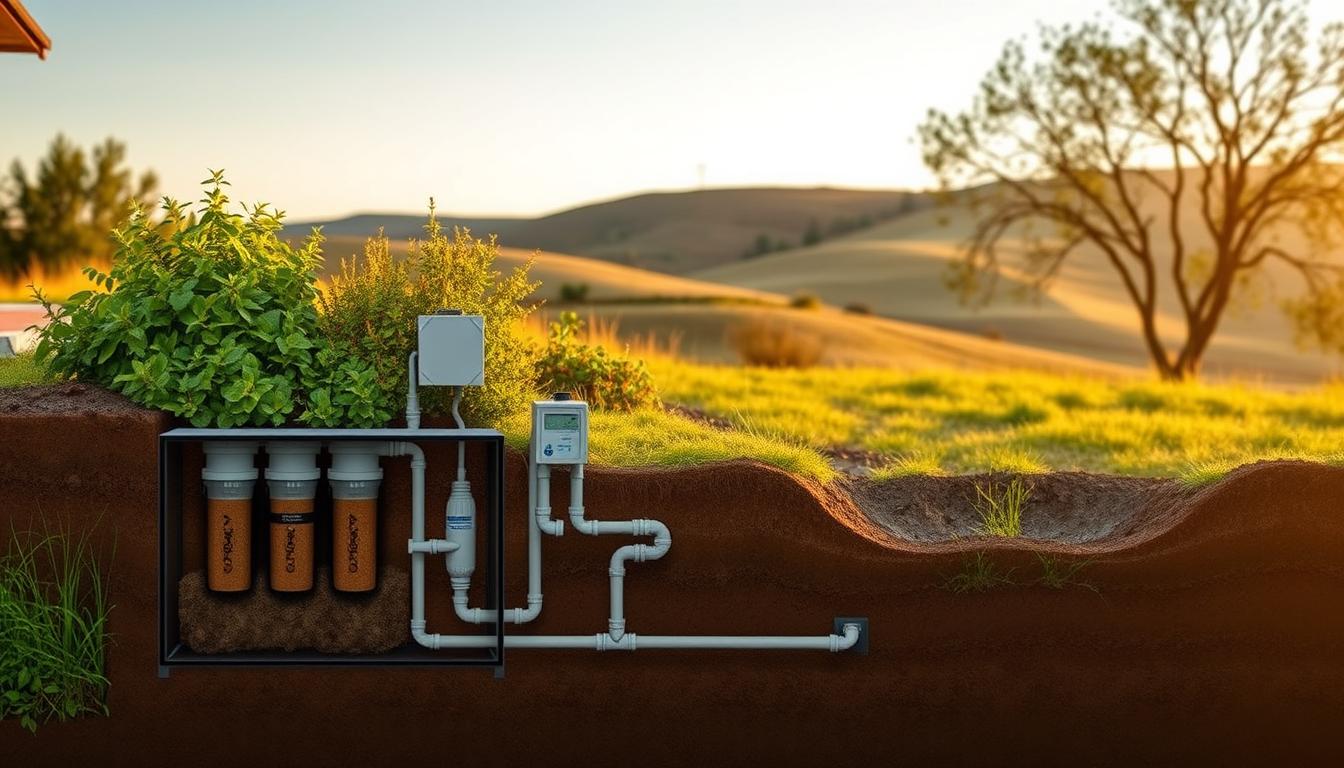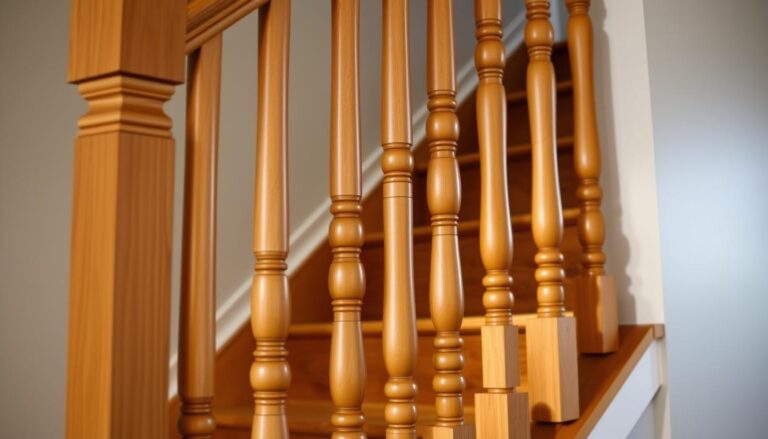Alternative Septic Systems
As we explore the world of wastewater management on your property, it’s essential to understand the various options available. Onsite sewage systems are a vital component of maintaining a healthy and eco-friendly environment.
These systems offer a range of solutions for different soil types, water tables, and environmental conditions. By understanding the basics of how onsite sewage systems work, you’ll be better equipped to choose the right system for your needs.
We’ll introduce you to the concept and importance of these systems in managing wastewater effectively.
Types of Alternative Septic Systems
Alternative septic systems provide various options for effective wastewater treatment. These systems are designed to treat and dispose of wastewater in a manner that is safe for the environment and public health.
Aerobic Treatment Units
Aerobic Treatment Units (ATUs) are a type of alternative septic system that uses oxygen to treat wastewater. This process involves introducing air into the treatment tank, which enhances the breakdown of organic matter.
ATUs are known for their effectiveness in treating wastewater to a higher quality than traditional septic systems, making them suitable for properties with specific treatment needs.
Sand Filter Systems
Sand Filter Systems are another alternative that involves filtering wastewater through a bed of sand before it is discharged into the soil or other disposal areas.
These systems are particularly useful in areas where the soil has limited treatment capacity, as the sand provides additional treatment before the wastewater reaches the soil.
Mound Systems
Mound Systems are used when the soil is not suitable for a traditional septic system due to its slow percolation rate or other limitations.
These systems involve constructing a mound of soil and sand above the natural soil surface, providing a treatment and disposal area for wastewater.
Drip Distribution Systems
Drip Distribution Systems distribute treated wastewater through a network of tubes and drippers, directly into the soil.
This method allows for efficient and uniform distribution of wastewater, making it suitable for a variety of site conditions.
Constructed Wetlands
Constructed Wetlands are designed to mimic natural wetland processes to treat wastewater.
These systems involve creating a wetland environment that uses plants, microorganisms, and other natural processes to treat wastewater.
To compare these alternative septic systems, let’s examine some key characteristics in the following table:
| System Type | Treatment Process | Suitability |
|---|---|---|
| Aerobic Treatment Units | Oxygen-based treatment | Properties with high treatment needs |
| Sand Filter Systems | Sand filtration | Areas with limited soil treatment capacity |
| Mound Systems | Mound construction for treatment and disposal | Sites with poor soil conditions |
| Drip Distribution Systems | Drip irrigation for distribution | Variety of site conditions |
| Constructed Wetlands | Natural wetland processes | Sites suitable for wetland construction |
By understanding the different types of alternative septic systems, property owners can make informed decisions about which system best suits their needs.
How to Choose the Right System for Your Property
Choosing the right eco-friendly septic system requires careful consideration of several factors, including soil conditions and local regulations. The decision-making process can be complex, but by breaking it down into manageable steps, you can select a system that meets your needs and complies with local requirements.
Evaluating Soil and Site Conditions
One of the critical factors in selecting an alternative septic system is evaluating your property’s soil and site conditions. Different systems are suited to different soil types and topography. For instance, areas with poor soil percolation may require a mound system or a sand filter system to effectively treat wastewater.
To evaluate your soil conditions, you may need to conduct percolation tests or consult with a professional to determine the soil’s absorption rate. This information is crucial in determining the most suitable septic system for your property.

Understanding Local Regulations
Local regulations and ordinances play a significant role in determining the type of septic system you can install on your property. It’s essential to familiarize yourself with these regulations to avoid costly modifications or even system rejection.
We recommend consulting with local authorities or a septic system professional to understand the specific requirements for your area. They can guide you through the necessary permits and approvals needed for installation.
Comparing Costs and Long-term Value
The cost of alternative septic systems can vary significantly, from the initial installation cost to long-term maintenance expenses. When comparing different systems, it’s crucial to consider both the upfront costs and the long-term value they provide.
For example, while a drip distribution system may have a higher initial cost, its ability to distribute wastewater efficiently and effectively can lead to long-term savings on maintenance and energy costs.
Installing Alternative Septic Systems
Installing an alternative septic system is a complex process that demands attention to detail and expertise. It’s a crucial step that follows the selection of the appropriate system for your property.
Finding Qualified Contractors
One of the first steps in the installation process is to find a qualified contractor. This professional will not only ensure that the system is installed correctly but also help in navigating any local regulations and obtaining necessary permits. As the National Association of Home Builders notes, “A properly installed septic system is crucial for the safety and health of a household.”
“Hiring a contractor with experience in septic system installations can make a significant difference in the overall success of the project.”
To find the right contractor, it’s essential to do your research. Look for professionals with a proven track record in installing alternative septic systems similar to the one you’ve chosen. Checking references and reviews can provide valuable insights into their work quality and reliability.
Navigating Permits and Approvals
Before the installation can begin, you must obtain the necessary permits and approvals from local authorities. This step is critical as it ensures that your septic system complies with local health and environmental regulations.
- Contact your local health department to understand the specific requirements for your area.
- Gather all necessary documentation, including site plans and system specifications.
- Submit your application and await approval before commencing the installation.
What to Expect During Installation
The installation process can vary depending on the type of alternative septic system you’ve chosen. However, there are general steps that are common across most installations. These include site preparation, system component delivery, and the actual installation of the system.
During this phase, it’s crucial to have a clear understanding of the installation timeline and any potential disruptions to your property. A reliable contractor will keep you informed throughout the process.
By understanding the steps involved in installing an alternative septic system and working with experienced professionals, you can ensure a successful installation that meets your needs and complies with local regulations.
Essential Maintenance Tips for System Longevity
Maintaining your Alternative Septic System is crucial for its longevity and effectiveness. Regular septic system maintenance ensures that your system operates efficiently, treating wastewater effectively and protecting the environment around your property.
To keep your system running smoothly, we recommend regular inspections and pumping schedules. Onsite sewage systems maintenance should include checking for signs of system failure, such as slow drains or surfacing sewage, and addressing these issues promptly.
By following these guidelines and staying on top of maintenance tasks, you can extend the life of your system, prevent costly repairs, and ensure that it continues to function optimally. Proper maintenance is key to protecting your investment and maintaining a healthy environment.







